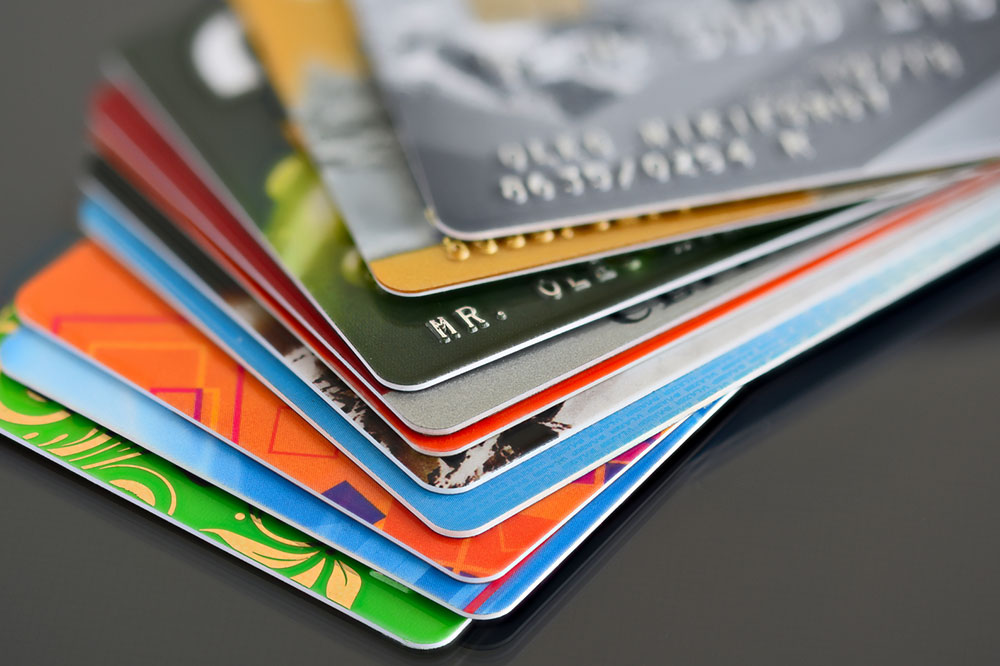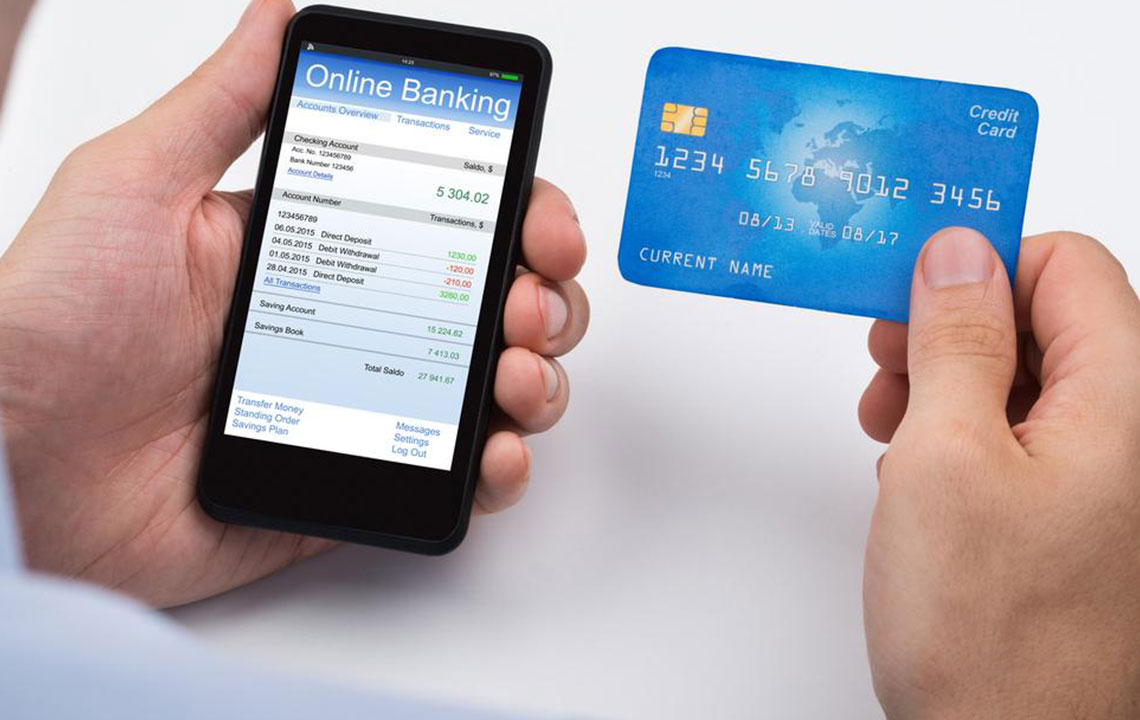A Comprehensive Guide to How Credit Cards Work and Generate Profit
Discover the detailed functioning of credit cards, including how transactions are processed, the key players involved, and the various ways credit card companies generate profit. Learn essential tips on managing your credit responsibly for optimal benefits.

Understanding How Credit Cards Function and Benefit Financial Institutions
In today’s fast-paced financial world, credit cards have become an indispensable tool for consumers and businesses alike. They offer a level of convenience that enables users to shop, pay bills, and access cash quickly and securely, often with just a simple swipe or tap. Despite their widespread usage, many people do not fully understand how credit cards operate behind the scenes—who bears the costs, how the system functions, and how credit card companies actually make money. This comprehensive guide aims to unravel these aspects, providing clear insights into the mechanics, economics, and benefits of credit card usage.
What Is a Credit Card?
A credit card is a portable, plastic payment device issued by financial institutions such as banks or credit unions. It provides cardholders with a set credit limit—a maximum amount they are permitted to borrow on a specific card. This credit limit grants users the ability to make purchases, withdraw cash, or pay bills without immediate cash on hand, allowing for flexible financial management. Essentially, a credit card acts as a revolving line of credit—meaning that once the borrowed amount is repaid, the available credit is restored, and the cardholder can reuse it repeatedly within their credit limit. This characteristic of renewability makes credit cards a popular financial tool for everyday transactions and emergencies alike.
When a consumer uses a credit card to purchase goods or services, the transaction involves an immediate transfer of funds from the cardholder's account through a complex digital process. Essentially, the funds are electronically transmitted via various networks and systems to the merchant's account, facilitating seamless financial exchanges. This process involves several key entities, including the issuer (the bank or credit union that issued the card to the user), the payment network (such as Visa, Mastercard, or American Express), the merchant (the business or service provider accepting the card), and the individual cardholder.
During a typical purchase, the merchant's point-of-sale terminal communicates with the card issuer through the payment network to verify the card’s validity and check whether the user has sufficient available credit. If the transaction meets these criteria, it is approved; otherwise, it is declined. Once approved, the funds are allocated from the issuer to the merchant, completing the transaction. The entire process is rapid and efficient, often taking just seconds to complete all verification and transfer steps.
The operational mechanics involve two primary players: the issuer and the processing network. The issuer, usually a bank or credit union, is responsible for managing the individual customer’s credit account, issuing the cards, and overseeing repayment obligations. The processing network acts as an intermediary, facilitating communication between the merchant and the issuer, and handling settlement and authorization duties. This partnership ensures smooth, secure, and reliable credit transactions worldwide.
Credit card companies generate revenue through multiple channels that benefit their operational sustainability and profitability. One major source is interest charges; if a cardholder does not pay the full outstanding balance by the due date, interest is applied to the remaining amount, often at high rates. These interest charges can significantly increase the cost of borrowing if payments are deferred or made late.
Additionally, credit card companies earn from fees associated with card usage. These include annual fees charged for maintaining the account, cash withdrawal fees—sometimes called ATM fees—late payment penalties, and fees for balance transfers or foreign transactions. Merchants also pay interchange fees—fees paid by the merchant's bank to the card issuer for processing each transaction. These interchange fees are a crucial revenue stream, often constituting a significant portion of what makes credit cards profitable for issuers.
It’s important for consumers to understand that timely payments can minimize or eliminate many of these charges, specifically interest and late fees. Using credit responsibly not only benefits with better credit scores but also helps consumers avoid unnecessary costs. Many credit card companies offer rewards, cashback, or other incentives to encourage responsible usage, further adding value for users.
By comprehending how credit cards operate, consumers can make more informed financial decisions, maximize benefits, and avoid pitfalls. From understanding transaction processes to recognizing revenue sources for providers, this knowledge empowers users to utilize credit cards more effectively and responsibly.





